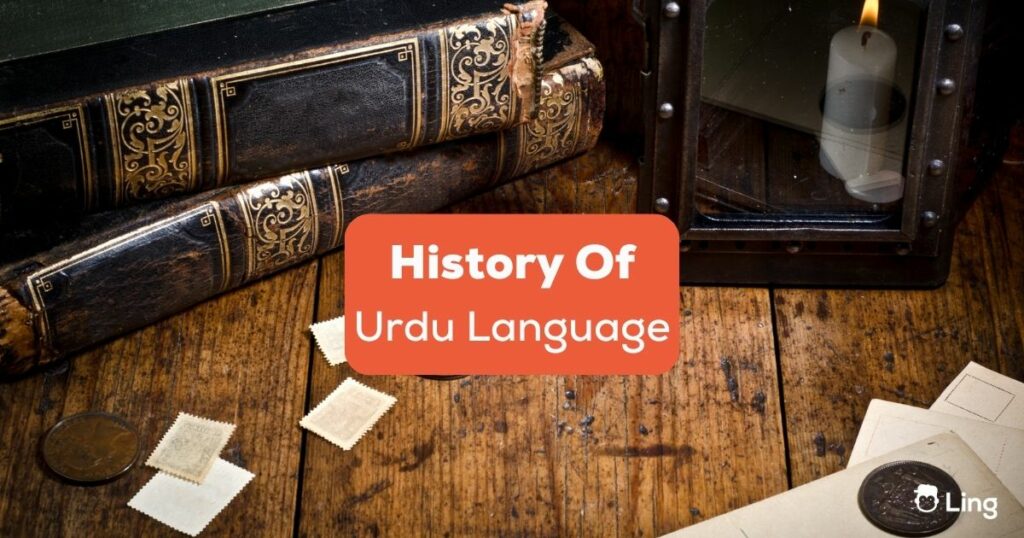Assalam-u-Alaikum! Having spent an entire night listening to Urdu Shayari (شاعری – poetry), I felt motivated to research the history of Urdu language and how it came to be. For me, Urdu is not just a language; it’s an emotion. By knowing the fascinating history of this Asian language, one can safely deduce how it has the ability to connect people with their roots, their culture, and their identity. Plus, it’ll help you appreciate this language better.
Urdu (pronounced ˈo͝ordo͞o – اردو) is often considered one of the most beautiful and poetic languages in the world, captivating the hearts and minds of millions of people across the globe. Widely spoken by Muslim community members, this is Pakistan’s national language and one of India’s official languages. With over 100 million speakers worldwide, Urdu has become an essential language with a rich history and cultural significance. Let’s learn Urdu and its amazing history in this post!
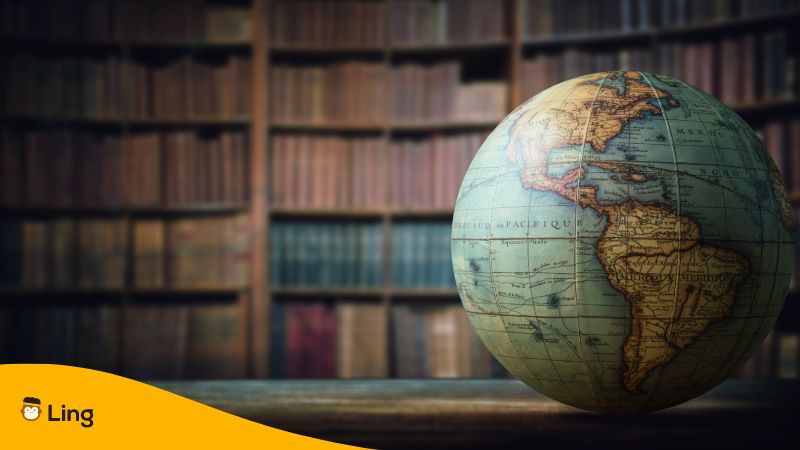
Demography & Diaspora
Urdu, with its roots in the northern Indian city of Delhi during the reign of the Delhi Sultanate, is a language that has evolved from a blend of different languages, including Arabic, Persian, Sanskrit, Turkish, and Hindi. This unique mix of influences has given Urdu its distinct and captivating beauty. One example of that is the Urdu alphabet which is an art in its own right.
Today, Urdu is spoken by millions of people across South Asia, including Pakistan, India, and Bangladesh. It has also found a home among native speakers in the United Arab Emirates, Saudi Arabia, the United Kingdom, and the United States. With its rich history, diverse influences, and unique script, it’s fair to say that Urdu is a language that continues to enchant and inspire learners around the world.
History & Origin Of The Urdu Language
Today, you’ll certainly know that there are plenty of countries that speak Urdu. However, the origin of Urdu can be traced back to the intriguing cusp of the decline of the Delhi Sultanate and the establishment of the Mughal Empire in the 16th century. During this time, Persian and Arabic words started becoming part of the lingua franca of the northern Indian subcontinent. Urdu, in fact, was derived from the Turkish word ‘ordu,’ meaning army. Thus, it was the language of the Mughal soldiers that was birthed in the invaded land, along with its sister language called Hindi.
As the Mughal Empire began to decline, the use of Persian and Arabic declined as well. This led to the emergence of Urdu as a language that was more accessible to the masses – modern Urdu. It was an easier language to understand and speak, as it incorporated many Hindi and Sanskrit words. However, the core vocabulary remained Persian and Arabic.
Urdu has had a rich history, full of cultural and linguistic influences. Over the years, Urdu has been influenced by several other languages, including Arabic, Persian, Turkish, and English. This has led to the emergence of new words and phrases in Urdu, making it a dynamic and evolving language.
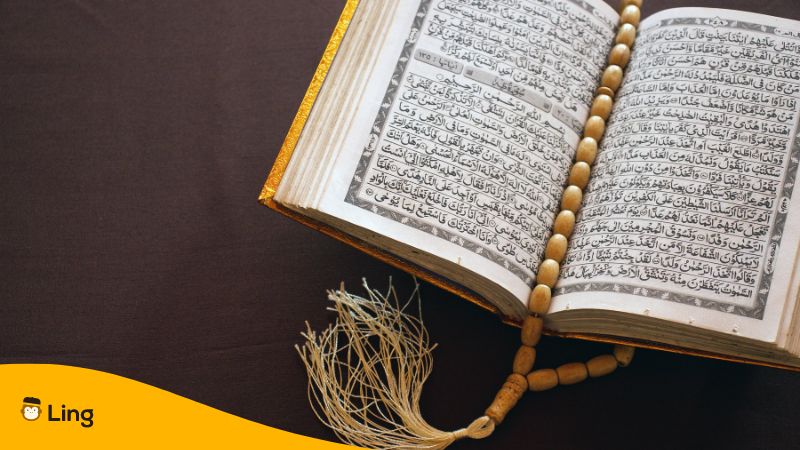
Language Family Tree
Urdu is a language that belongs to the Indo-Aryan branch of the Indo-European language family. The Indo-Aryan language family is one of the largest language families in the world, and it includes many Indian regional languages such as Hindi, Punjabi, Bengali, and Marathi, among others.
Hindi and Urdu are two languages that are closely related and share many similarities. In fact, they are often referred to as Hindustani, as they share a common vocabulary, grammar, and sentence structure. That’s why these two languages are mutually intelligible to Urdu-speaking Pakistanis and Hindi-speaking North Indians. In fact, they are one and the same language for all practical purposes, especially in parts of North India. Want to know a fun fact? One of the older names of Urdu was the Hindavi language!
The main difference between Urdu and Hindi is their writing system. Urdu is written in a modified version of the Persian script, while Hindi is written in the Devanagari script. Both Urdu and Punjabi also share many similarities. For instance, they belong to the Indo-Aryan language family and share a common vocabulary and grammar.
Recognized Dialects Of Urdu
There are various dialects of Urdu that are spoken in different parts of South Asia. Some of the most common dialects of Urdu include Delhi Urdu, Lucknow Urdu, and Hyderabad Urdu. These dialects have unique features, such as pronunciation, vocabulary, and grammar differences.
The modern vernacular Urdu, also known as Standard Urdu, is based on the dialect spoken in Delhi. This form of Urdu is widely used in literature, media, and education across South Asia. It has a standardized grammar and vocabulary, which makes it easier for speakers of different dialects to communicate with each other.
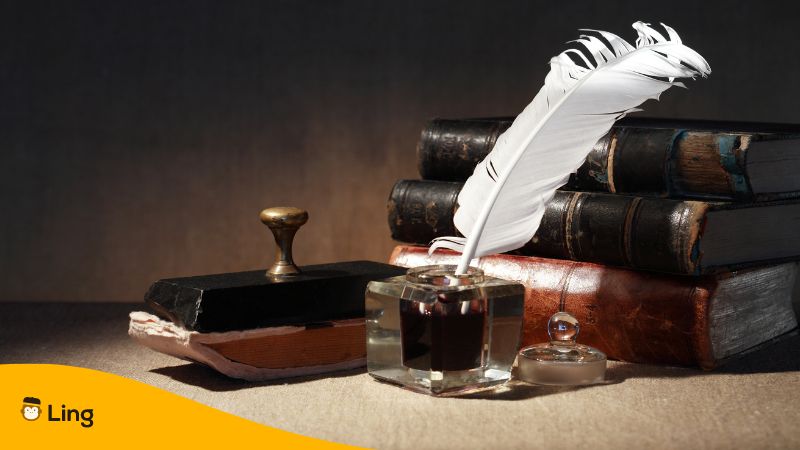
Urdu Language & Literature
One of the most significant contributions to Urdu is its literature. Urdu literature is rich and diverse, with various genres and styles. It includes poetry, novels, short stories, plays, and essays. Some of the most famous Urdu writers include Mirza Ghalib, Allama Iqbal, Saadat Hasan Manto, and Faiz Ahmed Faiz. Their work has had a significant impact on Urdu literature and has inspired generations of writers.
Urdu poetry is one of the world’s most beautiful and expressive forms of poetry. It is known for using metaphors and similes, which add depth and meaning to the verses. Some of the most famous Urdu poets include Mir Taqi Mir, Mirza Ghalib, and Allama Iqbal.
Urdu dramas and songs have also played a significant role in promoting the language. Urdu dramas are known for their engaging storylines, excellent acting, and beautiful Urdu dialogues. Some of the most famous Urdu dramas include Humsafar (ساتھی), Zindagi Gulzar Hai (زندگی خوبصورت ہے), and Dastaan (داستان). Urdu songs are also widely appreciated, not just in South Asia but across the world.
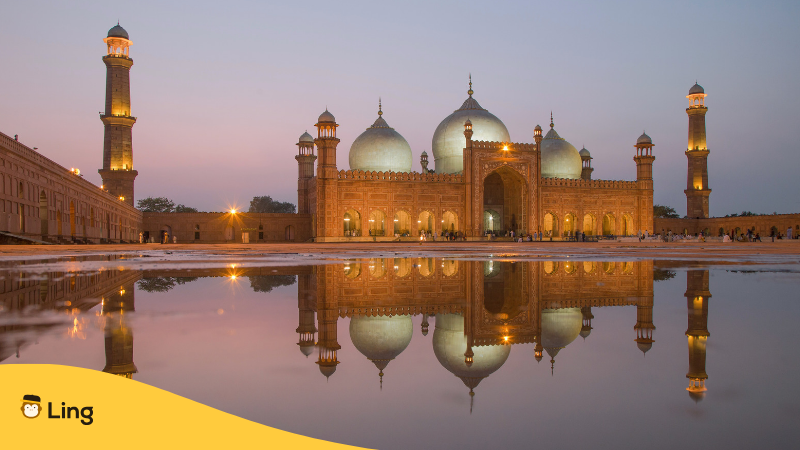
Intrigued With Urdu?
Urdu is a language with a rich and fascinating history, and its future is just as promising. As a language that has inspired generations of poets, writers, and artists, Urdu continues to be a vibrant and dynamic part of global culture.
If you want to explore this beautiful language for yourself, there are many ways to get started. Reading Urdu books and literature, watching Urdu dramas, and listening to Urdu songs are just a few ways to immerse yourself in this rich linguistic tradition. With its unique beauty and cultural significance, Urdu has the potential to open up a whole new world of language and culture.
Want to master this language? Then it’s time for you to check out the Ling app!
Have Fun Learning Urdu With Ling!
If you are interested in learning Urdu, the Ling app can help you get started on your language-learning journey. It offers unique linguistic techniques and modern technology to provide a fulfilling language-learning experience in 60+ languages. With its gamified interface, interactive exercises, and fun quizzes, you are bound to make quick progress in your language-learning journey. Picking up a language has never been this easy. So, without wasting much time, go to your Google Play Store or Apple App Store and download the Ling app for free now!
